What if you are standing on the tee with a hole towards the right, and winds are swirling, which confuses you about how your ball would go?
Additionally, having trees on the right and a sand bunker on the left creates a tricky situation for you.
Under such circumstances, you would be confused about draw vs fade and how each affects your ball’s path and the journey toward the target.
Since both have their effect in similar situations, figuring out which shot shape you should try and why becomes difficult.
Here’s where my insights have covered you all with it!
Draw vs Fade in Golf: A Brief Overview
Often, before a swing, you would realize that your ball’s flight has an obstacle or the next shot will be a bit difficult.
Here’s where right-handed golfers draw the shot, where the ball begins its flight from the right and gradually diverges to the left. For left-handed golfers, vice-versa is the case.
Besides, fade is the opposite of draw. In it, if you are a right-handed golfer, then you hit a shot such that its flight is from left to right.
Similarly, vice versa is true for left-handed golfers. You can use it to prevent barriers in your ball’s path, and various pro golfers do so so that the ball reaches the target.
A common aspect between draw and fade is that both avoid obstacles in the ball’s path and provide greater control over the ball to the green.
A draw begins from the right and goes towards the left, while the opposite is the case for flight.
To sum up, to draw your ball, your path starts from the trail direction and reaches the opposite one, while the reverse is valid for a fade.
What is Fade in Golf?
If you want to hit the ball consistently in golf to reach the target and avoid barriers, then Fade is an option.
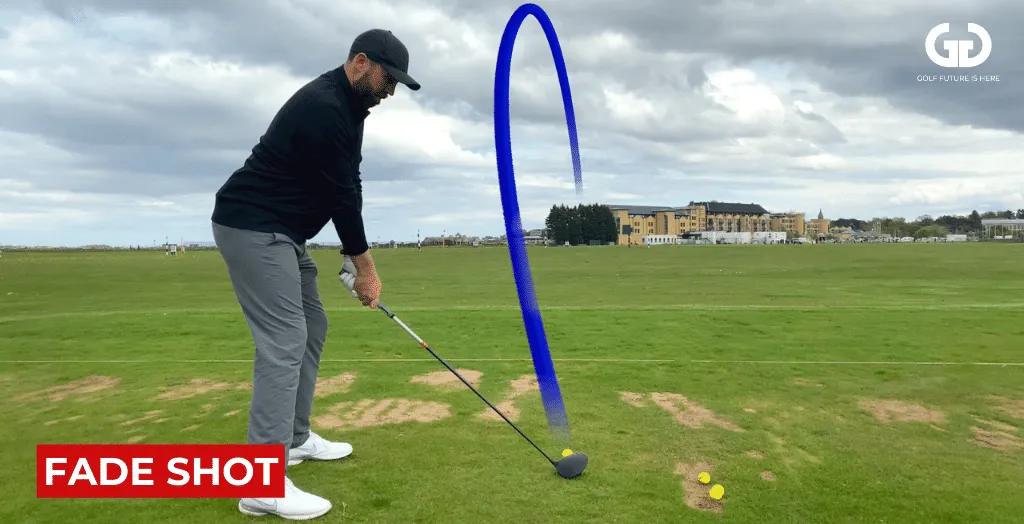
In it, you swing the ball such that its flight begins from the left side and goes towards the right (for right-handed golfers).
Further, if the holes on the course bend towards the right or are towards the corner, then Fade is helpful.
Advantages of Hitting a Fade
Fade, also known as cut shot, helps your ball to reach the target if the holes curve towards the right.
Moreover, in case of any barriers, your ball bends aptly for a smoother flight. Plus, in the case of breezy environments, fade helps to gain better control over the distance.
Disadvantages of Hitting a Fade
Hitting fades or cut shots isn’t easier if the holes are on the left (that is for right-handed golfers).
Plus, avoiding obstacles at the left becomes difficult, and only skilled golfers can achieve it.
Moreover, you can easily hit fade shots on a left-curving hole if you are a left-handed golfer.
But if you haven’t played in windy environments, then with a ball, your ball won’t be able to travel much farther.
When You Should Hit a Fade Shot?
If you have right-bending holes or obstacles across your way, executing a fade is recommended. But be sure before playing it if you have tried such shot shaping.
Besides, if there is a hole that already bends towards the right, then hitting a fade shortens the distance as you can cut corners and have short approach shots.
How To Hit Fade or Cut Shots in Golf?
If you are a beginner/ or a mid-high handicapped golfer struggling with how to hit a fade, then with my experience, I’ve guided you through the easiest and most effective ways!
1. Open Your Stance
If you are a right-handed golfer, you fade from left to right. So, your feet and shoulders should be towards your target’s left.
Thus, the ball would start from the left and smoothly curve towards the right with a short approach to the target.
2. Cup Your Wrists
Adjust your wrist position so that the club position is open when making a fade. Consequently, the ball will be able to start from the left and will lead to the right towards your aim.
If you are a beginner and can’t achieve it and have a good gadget, then go for a wrist sensor. Using it, you can control the clubface angle for better swings.
3. Swing Inside Out
Swinging inside out means the clubhead should begin its path closer to your body (from inside) and travel away from the body (outside), consequently impacting the clubface.
This makes it easier for the ball to go from left to right.
Further, having an additional drill to help you achieve it is a good practice. To do this, during your practice session, aim for the clubhead to lightly touch the thigh closer to the target after an imaginary swing.
Thus, you can understand the inside-out swing better.
4. Open the Clubface to the Path
Keep the clubface slightly open when your clubhead swings from the inside (starting from closer to your body). Thus, your ball will move toward the right for the proper fade shot.
What is Draw in Golf?
Draw is the opposite of fade. In it, the ball curves from right to left (for right-handed golfers).
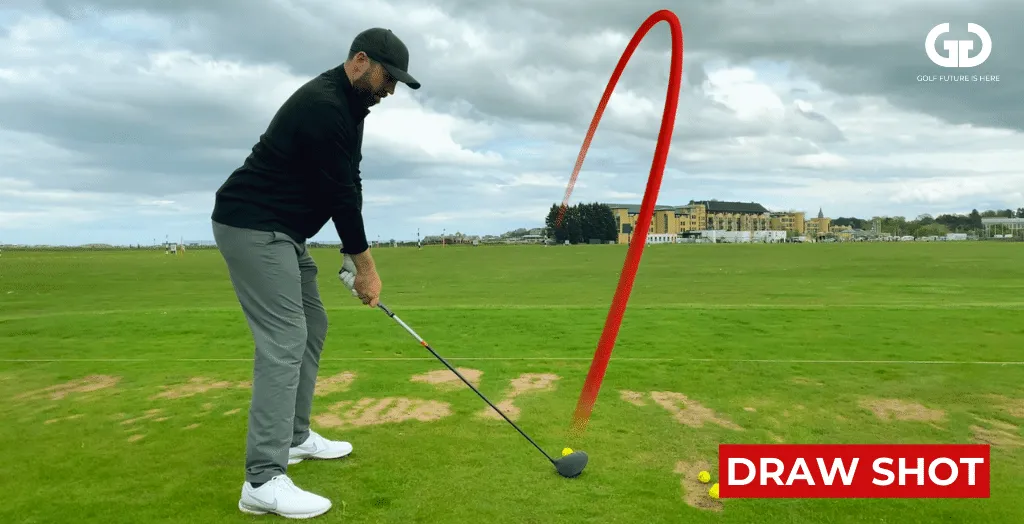
If you are a right-handed golfer like me, it’s convenient for you on the hole that curves towards the left as the draw cuts the corner.
Besides, if there’s a barrier on the left side, a draw would help to overcome it without executing a fade.
Advantages of Hitting a Draw Shot
What if you can control your ball better and have a lower ball flight smoothly toward the target? Well, this is one of the benefits of a draw shot.
A lower flight occurs when you position the ball slightly back in your stance; thus, the club hits the ball, creating less loft. It’s reliable in windy and breezy regions.
Disadvantages of Hitting a Draw
Hitting a draw is tricky if the holes bend towards the right or the barriers are in this direction. The more significant challenge is hitting the draw consistently, yet my steps would help you with it!
When You Should Hit a Draw?
If your hole bends towards the left or there’s an obstacle at the left, hitting a draw is suitable. You can overcome obstacles using the Draw shape shot, and your ball will reach the green.
Further, when you hit a draw by reducing the angle of the clubface, it would give a lower ball flight. Thus, your swings would persist in strong winds as well
How To Play A Draw?
Both fade and draw effects exist in opposite conditions. Similar to fade, it’s also not easy to hit a draw.
Therefore, I’ve suggested the simple methods I have used to achieve efficiency and consistency with my draw.
1. Close Your Stance
For starting with the draw, close your stance angle towards the right (for a right-handed golfer) and left for vice versa.
With this angled stance, your ball can curve from right to left and back to your target.
However, be careful, as doing so for a straight target would lead to the ball going away from the target.
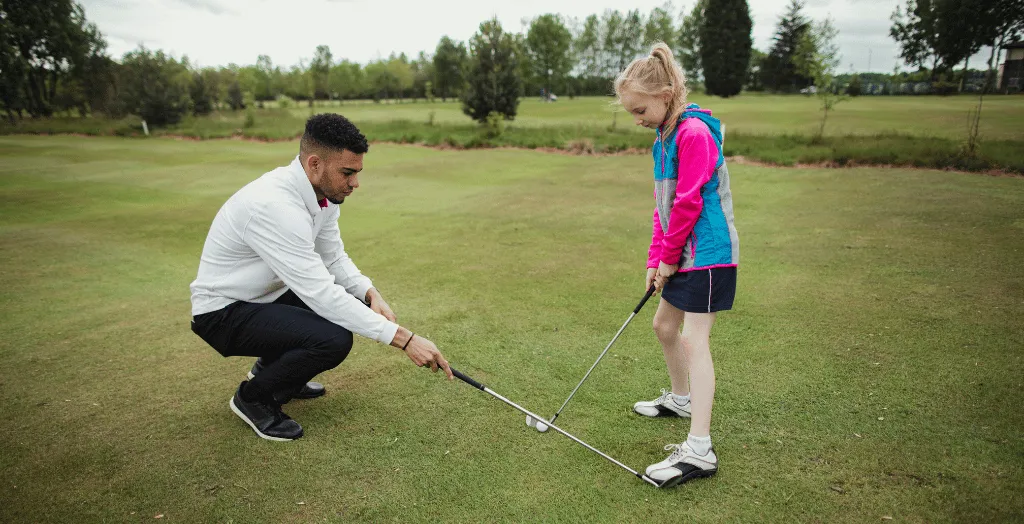
2. Position the Ball Back in Your Stance
Keep the ball a bit back from the middle of your stance. By implementing it, you can swing your club more from inside and hit the ball with a closed, less-lofted clubface.
3. Bend Your Wrist
When you hit the ball, bend your wrist slightly. This helps you swing the club from inside and gives a closed clubface angle compared to the usual swing. It will also help you hit the ball from a right angle and keep the clubface aligned on the swing path.
4. Swing Outside
When you hit a draw, swing your club from outside (away from the body) towards the right of your aim (if you are right-handed).
Through this practice, the ball starts from the right and smoothly curves to the left, leading to the target.
Moreover, this swing helps your clubface align with the intended ball’s path and closer to your swing path.
5. Clubface Square to the Target Line
Your clubface should lead straight to the target when you hit the ball. Closing the clubface means keeping it neutral, not a much broader or smaller angle.
This transforms your swing; therefore, your ball would ideally travel right to the left.
Draw Vs Fade: The Difference
Fade and Draw are two similar phases of a shape shot, which are opposite to each other depending on whether the hole/obstacle is at the right or left. Yet, it has other differences, so the proper distinction will help you gain clarity.
Stance
If you aim for a draw, stand angled towards the right (for right-handed golfers) so that your feet and shoulders also point in that direction.
In contrast, for a fade, you have to stand slightly angular at the left for a smooth transition from left to right.
Swing Path
When you hit the fade, the clubhead travels from outside to inside. However, another vital aspect is ensuring your clubface is positioned at impact.
If the clubface at impact deviates much, the swing creates a slice instead of a fade.
Clubface Angle
Clubface Angle is another significant difference between a fade and a draw. In the case of the former, keeping an open clubface helps the ball to travel from left to right.
In contrast, you have to bend your wrist slightly for a draw, creating a closed clubface for a smooth draw and avoiding a hook.
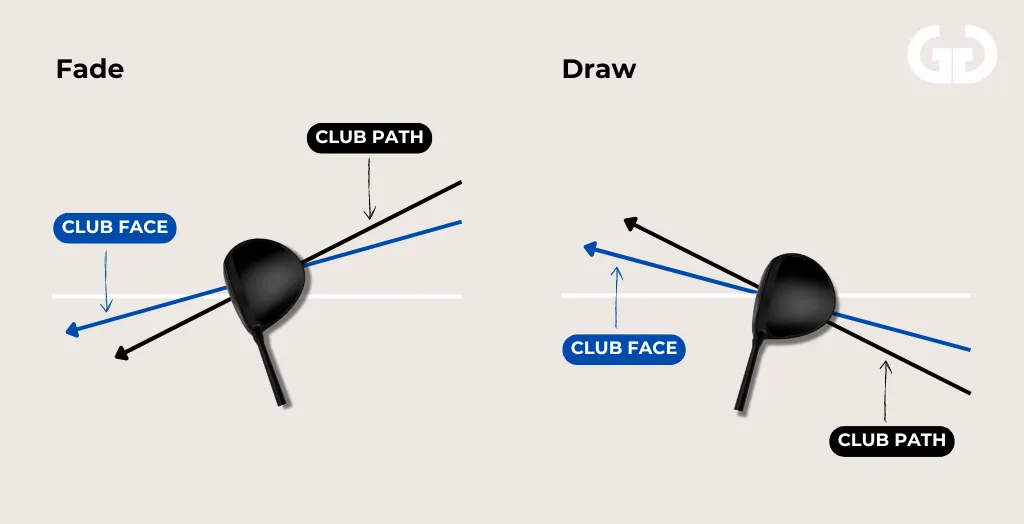
The Bottom Line: Draw Vs Fade
Both draws and fades are shot-shaping techniques that have a crucial role in helping you avoid obstacles and reach the target.
These are used in similar conditions, but their effect is better pronounced in opposite situations. While draws help your ball travel farther, fades lose distance.
Yet, in my experience with PGA and on-field tournaments, it’s easier to master fades, and you can be consistent. This is because you can control them better.
Therefore, aim at being proficient with fades and then establish efficiency in tackling highly challenging conditions.
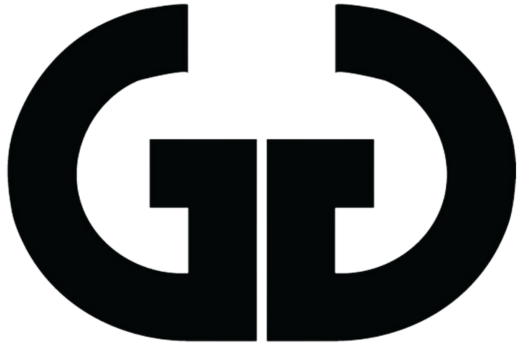
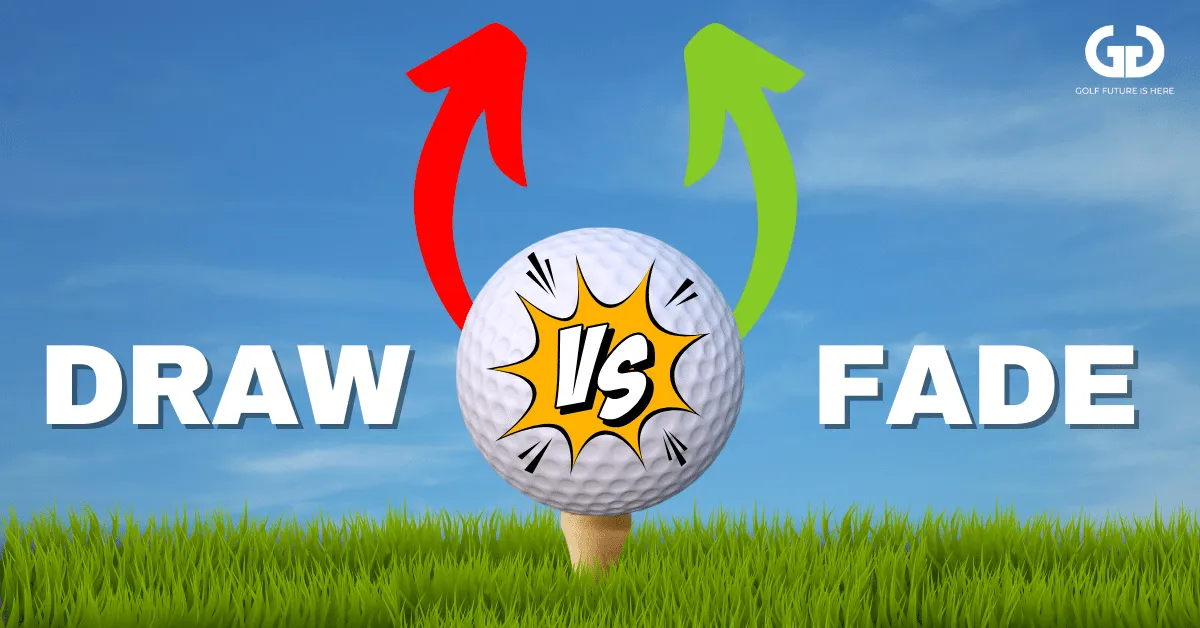
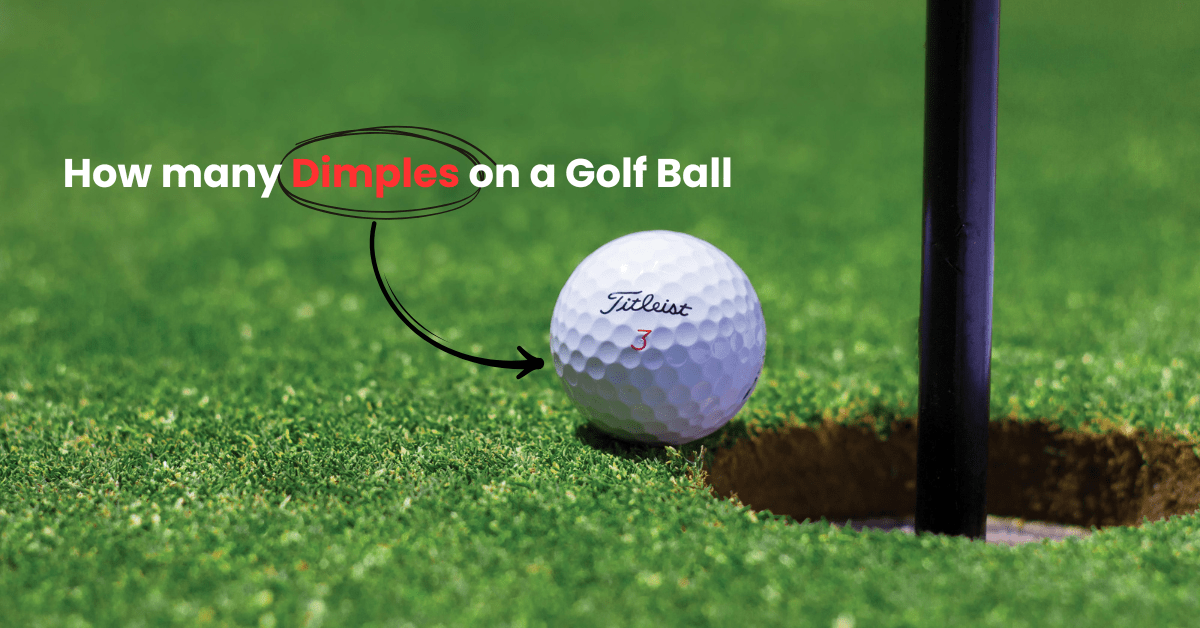
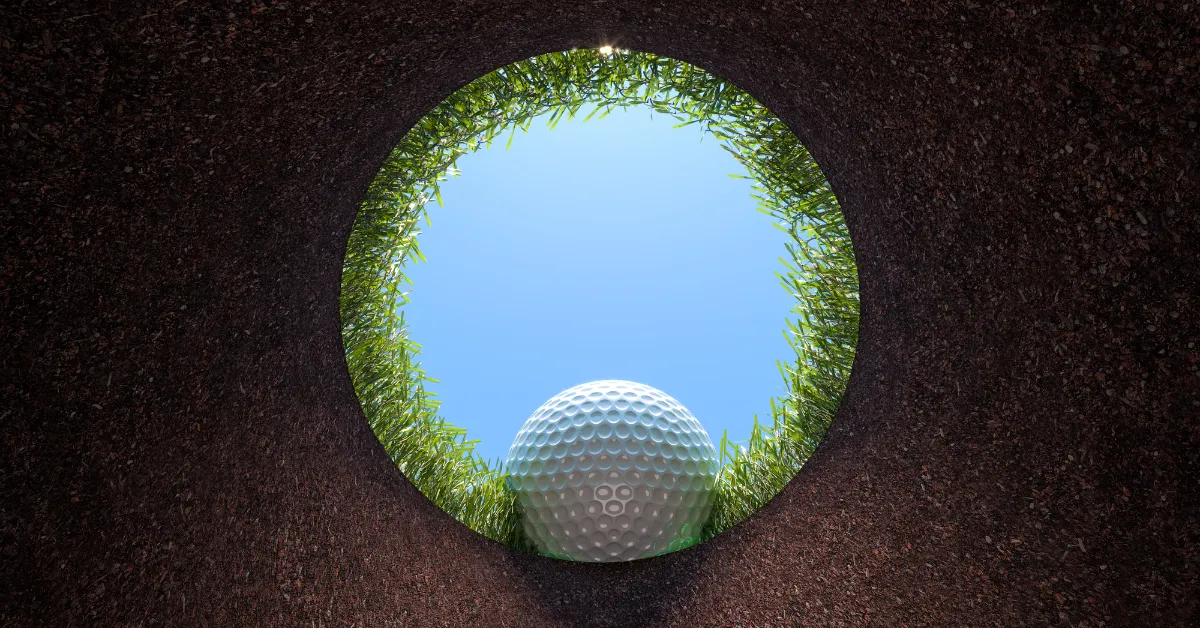
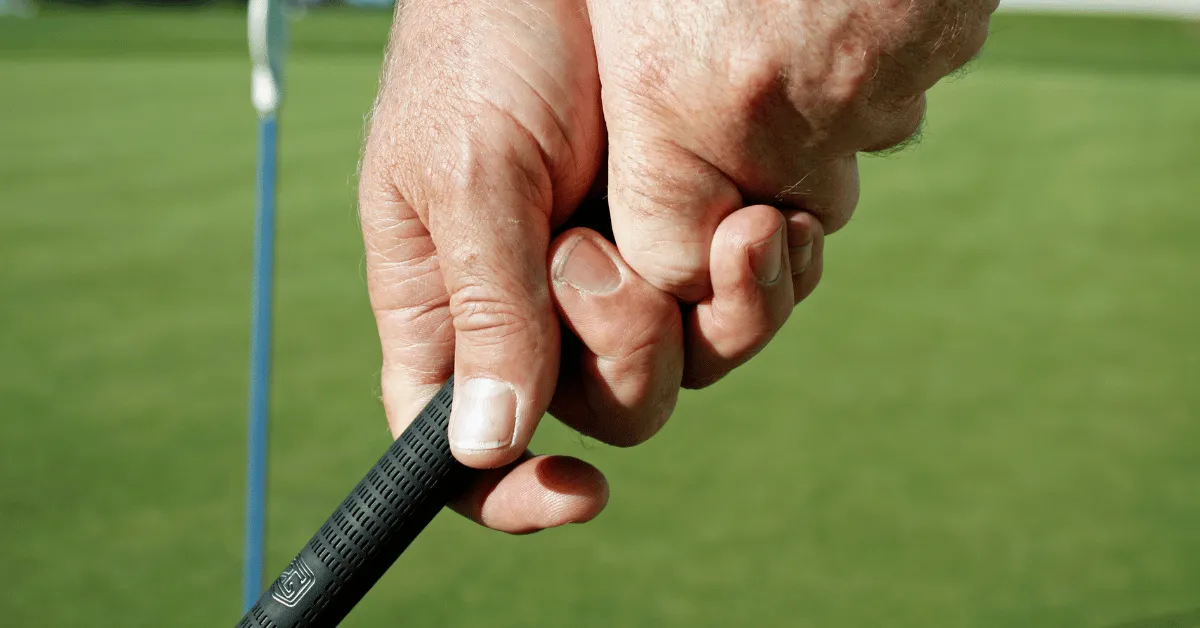
0 Comments